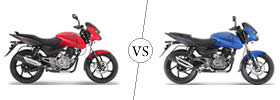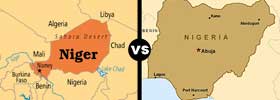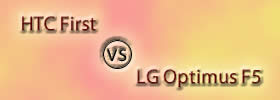Difference between Gliding and Soaring
Key difference: Gliding is something that is done without any effort. It does not require propulsion or any engine. Think of a paper airplane, it does not have any source of power. When we throw it in the air, it slowly crosses the length of the room and then lands or rather falls to the floor. This is gliding. To glide is to use the air currents and gravity to move over short distances. Soaring is a state of flight exercised by many different birds. Have you ever seen a bird high up in the sky, all alone and it seems to be flying without flapping its wings. That bird is actually soaring.
 Gliding and soaring are two different words that often denote something that is in movement, usually in the sky.
Gliding and soaring are two different words that often denote something that is in movement, usually in the sky.
According to Dictionary.com, the word ‘gliding’ is defined as:
- To move smoothly and continuously along, as if without effort or resistance, as a flying bird, a boat, or a skater.
- To pass by gradual or unobservable change (often followed by along, away, by, etc.).
- To move quietly or stealthily or without being noticed (usually followed by in, out, along, etc.).
- To move in the air, especially at an easy angle downward, with less engine power than for level flight, solely by the action of air currents and gravity, or by momentum already acquired.
- To fly in a glider.
While, ‘soaring’ is defined as:
- To fly upward, as a bird.
- To fly at a great height, without visible movements of the pinions, as a bird.
- To glide along at a height, as an airplane.
- To rise or ascend to a height, as a mountain.
- To rise or aspire to a higher or more exalted level: His hopes soared.
Gliding is something that is done without any effort. It does not require propulsion or any engine. Think of a paper airplane, it does not have any source of power. When we throw it in the air, it slowly crosses the length of the room and then lands or rather falls to the floor. This is gliding. To glide is to use the air currents and gravity to move over short distances.
While gliding, one does have some control over their movements, however not too much. Once something is launched in the air, it may change direction or manipulate its movement to change its landing point. Let’s take the example of the paper airplane again. Once we launch it, it usually flies straight, however, at times it may land halfway across the room from where we intended. We might have been aiming at the table, but it may land on a chair opposite the table. This is mainly because either the direction of the air changed or the position of the airplane change. In any case, the movement changed the relation of the air currents and the airplane. Hence, the airplane was forced to follow the air current or if it was opposite the air current, then it would have just crashed.

While, almost all birds fly, there are many that glide from one place to another over short distances, usually from one tree to another. They do this by just extending their wings and allowing the air current to carry them. There are also some mammals that glide from one tree to another. A prime example of this is the flying squirrel, wrongly named as it does not fly but glides.
Other than gliding in the air, one can also use the term for other instances, such as, ‘the boat is gliding on the water’, or ‘the skater is just gliding on the ice’.
Soaring, on the other hand, is a state of flight exercised by many different birds. Have you ever seen a bird high up in the sky, all alone and it seems to be flying without flapping its wings. That bird is actually soaring. Soaring can be used to describe two different types of flying patterns. One is to either fly straight in an upward direction or continue to fly at a great height without any visible movement of the wings. Essentially, how soaring works is that the bird flies on hot air currents. As hot air tends to rise upward, the bird may also fly upward on the current.
There is another form of soaring, in which instead of relying on rising air currents, the bird uses the difference in wind speed between the ground and higher up. This form of soaring is called dynamic soaring.
Soaring differs from gliding in the manner that soaring can be done over distances greater than that which can be managed by gliding. Furthermore, soaring is limited to a rising current. Additionally, during gliding the bird moves in a downward direction, getting lower until it reaches its destination. In soaring, the bird is moving either upward on a riding current or straight on the current.
Image Courtesy: journeymart.com, raptorcorridor.org









Add new comment